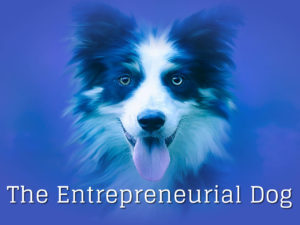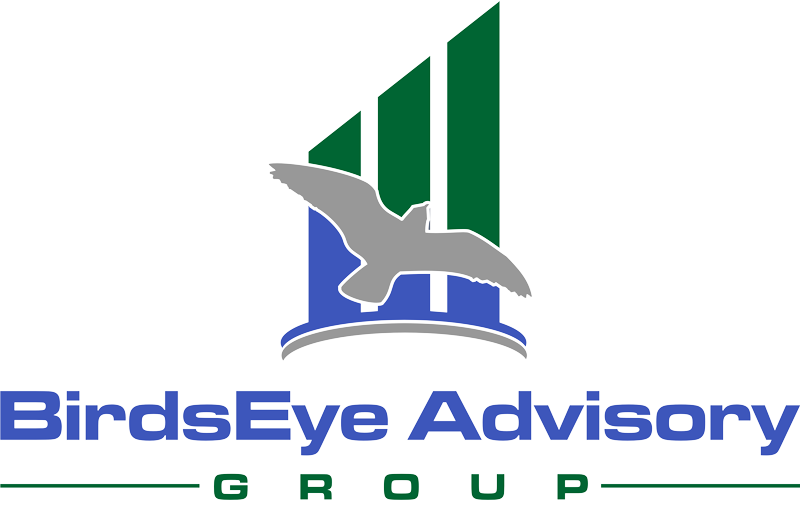
This is the fourth of a seven-part series where each installment takes a look at an innate ability of dogs and what business people can learn from our four-legged companions. This article talks about how dogs use all of their senses.
The Value of Sensory Integration
By Randy Culver
It’s fascinating to watch dogs use and integrate all of their senses. This seamless use of all five sensory faculties is never more evident than on an outing, particularly one in a natural setting such as a hike in the woods. Oliver and Heidi are our two dogs, and I like to say they “come alive” when they get out into the freshness of the high-altitude forest at our mountain home in Colorado.
Humans have such an advanced visual system that we tend to rely on it almost exclusively. We size someone up more by looking at them than by listening to them. Our first impressions are visual ones. When we are out, we predominantly look and observe. As humans, we see our connection to the world. We are in many aspects, uni-sensory.
Contrast this with dogs. Watch them take in new surroundings, and you cannot help but notice how they integrate all their senses. This holds an important lesson for business managers.
When we head out the front door for a walk, Oliver, an Australian Shepard mix, has his head high, and Heidi, a Weimaraner, has her nose lower to the ground. Bred for attending to sheep, Oliver’s head and eyes dart back and forth, and his ears are forward because he’s taking in what’s ahead. Weimaraners were bred for hunting, so Heidi’s long slender nose is held low and working overtime.
Dogs do not have the visual acuity that we humans have. Based on a more limited mix of rods and cones on their retinas, canines cannot perceive the range of color and degree of contrast that we do. But, I do know that Oliver has an amazing motion detector in there. Like any predator, motion strongly registers in his visual field. His eyesight is triggered by change.
It’s difficult to fathom just how different a dog’s nose and scent processing is compared to ours. We smell a few of the scents that waft into our noses, but canines are active sniffers. I watch Heidi purposedly move air in and out of her nostrils, flaring them to pull in more of the airborne molecules in the vicinity of her vacuum-like sensor. Those that are odor molecules are processed in a nasal cavity that has 300,000,000 olfactory receptors which activate a neural network that proportionally is 40 times greater than ours. It’s no understatement to say dogs live through their noses.
Oliver’s black and brown flopped-over ears are highly animated. He can raise both and point them forward when he’s focused ahead. If my wife, Susie, is in one part of the house and I’m in another, Oliver will lay both ears back to be able to look and track one of us with his eyes while listening for the other. I’ll often spot him with one ear forward and one ear back when he feels the need to tune his listening devices to monitor what’s happening all around.
A dog’s sense of taste is enhanced by its sense of smell, with the two working in tandem much the way they do in humans. Dogs distinguish food they like and food they dislike by a combination of smell, taste, and touch within their mouths. Cooked meats clearly check all three boxes! Sight, smell, hearing, taste, and touch—it’s all balanced and more integrated in the canine world.
How do you and your business get a sense for markets, customers, and competitors? Do you just see what’s happening? If you operate more like a multi-sensory canine, and less like a human, you’ll gain much more information and, as a result, be more successful.
Oliver’s visual field cues off motion. Motion is change, and motion implicitly defines direction. Rather than look at the market, look for the changes in the market. How are customer values and demands morphing? What’s the direction? How are competitors adapting?
When Oliver detects change, he’ll tune his ears to learn more. Listen with intent to your customers. Have your ears up and forward and, most importantly, your mouth closed. Dogs will halt their panting for a moment when they need to closely listen and focus. Many times, we talk so much—when we’re supposedly listening to our customers— that we come away hearing what we’ve said, thinking it’s what the customer said.
Turning to smell, taste, and touch, I certainly don’t recommend burying your nose and face in customers or excitedly licking them the way many dogs greet visitors. Your employees do, however, interact with your customers, suppliers, and partners in a correspondingly personal way every day. Through these contacts, your employees gain important information that you must proactively gather and use in decision making.
As an entrepreneur and business owner, rather than relying on just what you “see,” integrate all the sensory inputs around you, pulling in data and perspective from customers, print and other media, competitors, and certainly, your employees. Open up and integrate all of your company’s senses. Just like Oliver and Heidi on their walks, your business will come alive when you do.
Continue The Entrepreneurial Dog Series HERE.
Randy Culver is a successful entrepreneur and founder of two satellite telecommunications companies where he has been an executive manager for the past 20+ years. He has proven experience in establishing and managing a product-based business from initial formation through revenues of >$50M. Randy and his team recently won the regional Ernst & Young Entrepreneur of the Year award. Randy has a Bachelor of Science from Virginia Tech and a Masters in Electrical Engineering from Purdue University.
Although Randy works outside of the pet industry, he knows that core business principles are fundamental to the success of any business. Randy and his wife Susie live in Colorado where they enjoy the companionship of their two dogs. Randy can be reached at randy@amergint.com.
